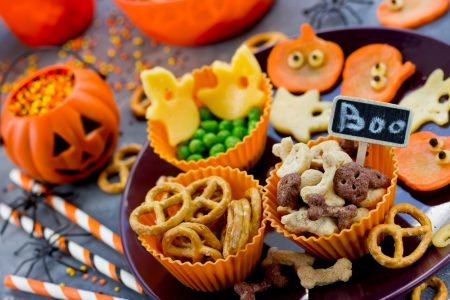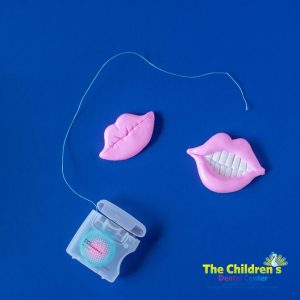Halloween brings along ghosts, goblins and goodies. Unfortunately, the sugar in those treats isn’t so great for your child’s teeth. This is our list of the best and worst types of candy and some sugar-free substitutes to try this year.
Gummy Candy
These are some of the worst candies for your mouth because they stick to teeth and get stuck in hard to reach places. Because they are harder to remove, they have more time to cause cavities.
Sour Candy
Sour candies, especially when coated in sugar, are damaging to teeth. They also tend to be very acidic which can weaken the enamel of teeth and leave them more susceptible to cavities.
Sugar-Free Candy/Gum
Sugar-free candy avoids the harmful effects of sugar by using natural sugars that bacteria can’t use to produce plaque. On top of that, chewing gum can help dislodge particles stuck in teeth and also increases saliva which works to neutralize acid in the mouth.
Chocolate
Out of all types of candy, chocolate is one of the best. It washes off more easily than other candies, leaving teeth less likely to get cavities. If you are looking to be healthier, consider dark chocolate as it has less sugar than milk chocolate.
Glow Sticks
These are a great way for kids to have some fun and take their minds away from snacking. They will have so much fun lighting up the night that they will not even be worried about eating treats.
Small Toys
Give kids something special that will stand out against all the candy they receive. Toys such as bouncy balls, erasers, or stickers may seem like something small. However, these little toys can be prized possessions for children.
Remember, you can be mindful of your child’s health and still let them enjoy a fun occasion such as Halloween. Don’t forget to brush and floss on the big day.





